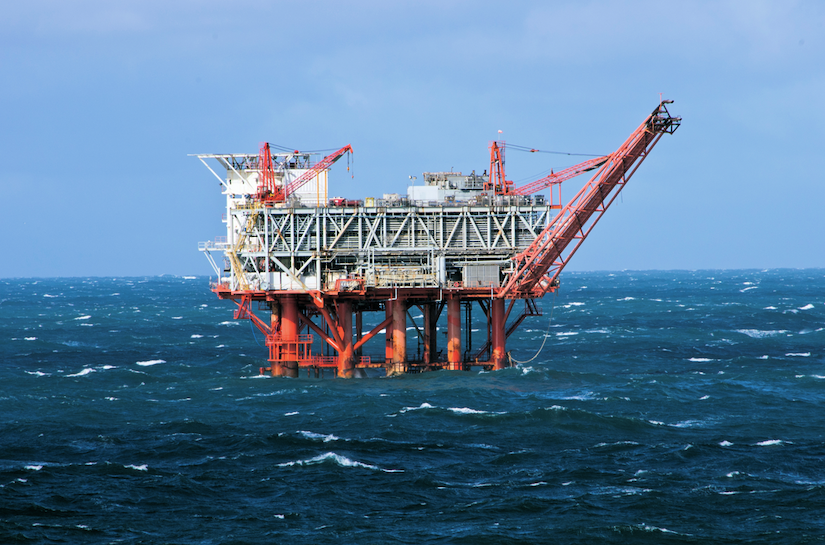
More than one million gallons of crude have spilled into the Gulf of Mexico, first detected by the US Coast Guard (USGC). The USGC said their teams observed “visible oil” and “intermittent surface sheens” on the water.
The origin of the leak, according to the officials, was the 67-mile-long pipeline system owned by MPOG, a subsidiary of Houston-based Third Coast Infrastructure in Louisiana. The pipeline was closed by MPOG last Thursday after crude oil was spotted around 19 miles offshore of the Mississippi River Delta, near Plaquemines Parish, south-east of New Orleans.

Discover B2B Marketing That Performs
Combine business intelligence and editorial excellence to reach engaged professionals across 36 leading media platforms.
The US Coast Guard has scrambled a multi-agency response, including the US Fish and Wildlife Service. The US Environmental Protection Agency also said that the USGCC was coordinating with 15 federal entities to respond to oil pollution incidents while the National Transportation Safety Board is determining the cause of the leak.
“The Unified Command is coordinating with federal, state and local agencies to ensure the safety of the public, protect the environment, and respond to the incident,” the agency said in a statement.
“There have been no reports of injuries or shoreline impacts at this time.”
Daily oil output of at least six oil producers, approximately 61,165 barrels, has been shut in by the Third Coast Infrastructure underwater pipeline leak, reported Reuters. This amounts to around 3% of crude production in the Gulf of Mexico.

US Tariffs are shifting - will you react or anticipate?
Don’t let policy changes catch you off guard. Stay proactive with real-time data and expert analysis.
By GlobalDataIt is yet to be established if Third Coast Infrastructure is responsible for the spill. “They’re [the] suspected responsible party, but we won’t know until we find the source, which is why we keep referring to them as the responding party,” the Coast Guard Deputy Commander for the New Orleans sector, Capt. Kelly Denning, told the media.
According to the US Interior Department’s Bureau of Safety and Environmental Enforcement, those whose oil facilities are impacted include Arena Offshore, Cantium, Occidental Petroleum, Walter Oil and Gas, W&T Energy VI and Talos Energy Ventures.
The exact volume of the leak is yet to be determined, even though initial engineering calculations indicated a leak of 1.1 million gallons or 26,190 barrels.
“We are not saying that was the exact amount. We are not going to know the exact amount of oil that was discharged into the Gulf of Mexico until we find the source,” said Denning.
The National Oceanic and Atmospheric Administration (NOAA), an agency of the US Commerce Department is also overseeing the incident.
The emergency operations coordinator of NOAA, Doug Helton, told WWL-TV: “There are endangered and threatened species in Louisiana waters. Most of coastal Louisiana is wetlands and marshes, and that is typically considered really sensitive to oil.”
Among the species that the authorities are most concerned about are the Kemp’s Ridley, the world’s most endangered sea turtles, and Rice Whales – fewer than 100 of which are thought to remain.



